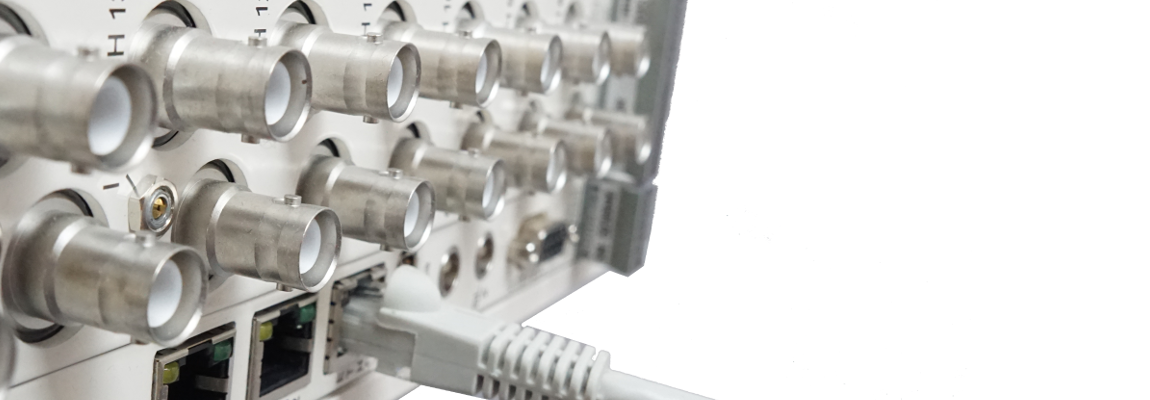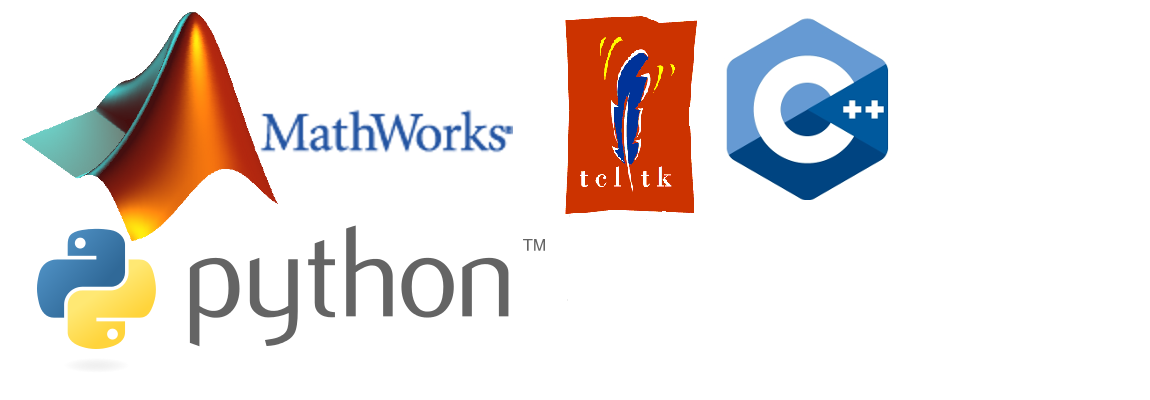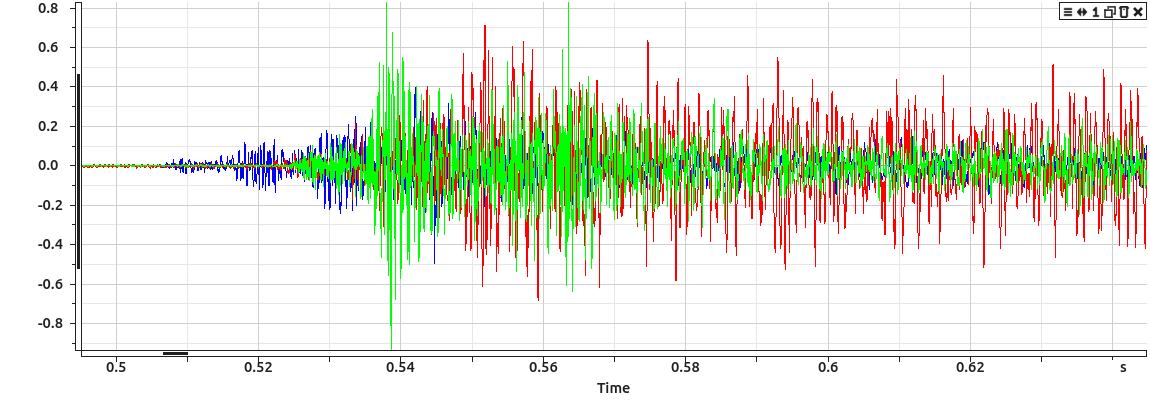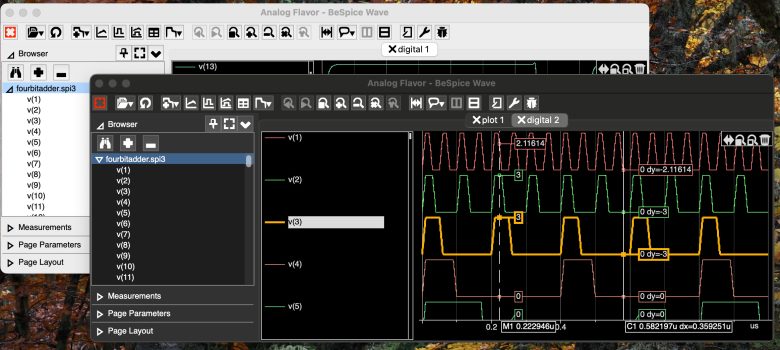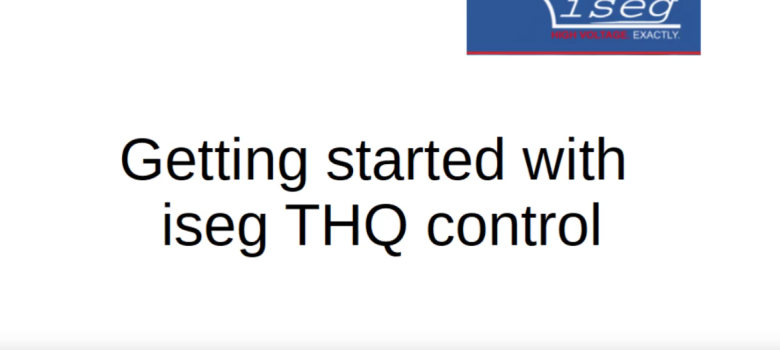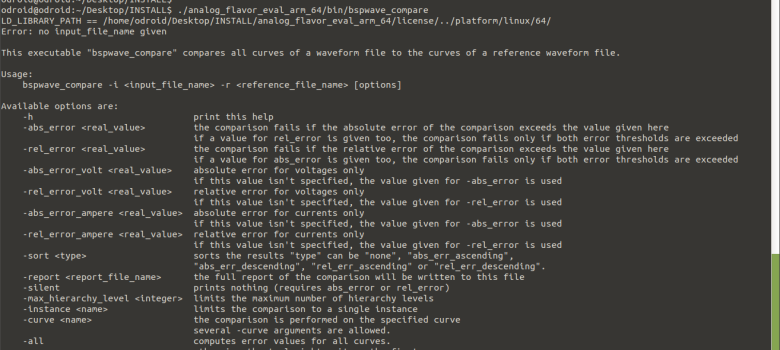Waveform Viewer For Ngspice
BeSpice Wave is a perfect waveform viewer for ngspice as it supports it’s raw binary and ascii waveform format. Ngspice is an open source spice simulator that is directly based on the legendary Berkley spice simulator. A raw waveform file is generated if the “–rawfile=FILE” command line option is specified…
Iseg THQ control
Waveform Viewer For XSchem
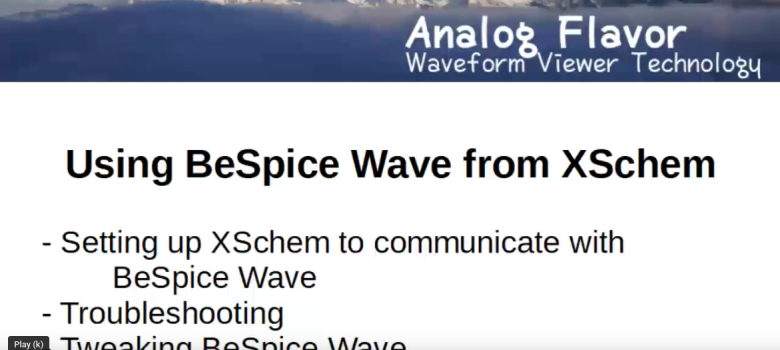
Recently we have worked with Stefan Schippers from XSchem to interface BeSpice Wave with XSchem. XSchem is an open source schematic editor. BeSpice Wave is our graphical waveform viewer. This solution allows to visualize simulation results for SPICE simulations from XSchem. If you are looking for a waveform viewer for…
The PSF and PSFXL file structure
When Cadence Spectre performs a simulation, it writes all simulation results to a directory. This directory can be opened for exploring the simulation results. By default these files are in PSF or PSFXL format. Here we will give a short overview on the PSF and PSFXL file structure. The most…
Analog Regression Testing
Analog regression testing is an essential part of analog design verification. Regression test are used to validate analog behavioral models. They also make sure that a previouslytested analog block still performs as expected after a change. Once analog regression tests have been set up, they can also facilitate other tasks:…
Analog Waveform Comparisons
Reading PSF files from Python
Our waveform parser makes reading PSF files from Python easy. For this purpose we have extended our parser library to a self-contained Python module. This module is implemented as a C/C++ extension to Python. As a consequence you get the full performance of a C/C++ library and the ease of…
Current Measurement Accuracy For High Voltage Power Supplies
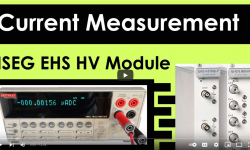
Physical Instruments has published a video on current measurement accuracy for high voltage power supply modules. The video shows how to make sure your high voltage power supply matches even the tightest specifications. In general checking the data sheet should be sufficient. However if you are in doubt, you can…
Easy LV|HV: working with the graph window
We have released a tutorial video that shows how to work with the graph window integrated to Easy LV|HV. The graph window allows to follow the measured quantities over time and detect anomalies such as arcs or excessive currents and temperatures. Hopefully the video is clear by itself. If not,…

